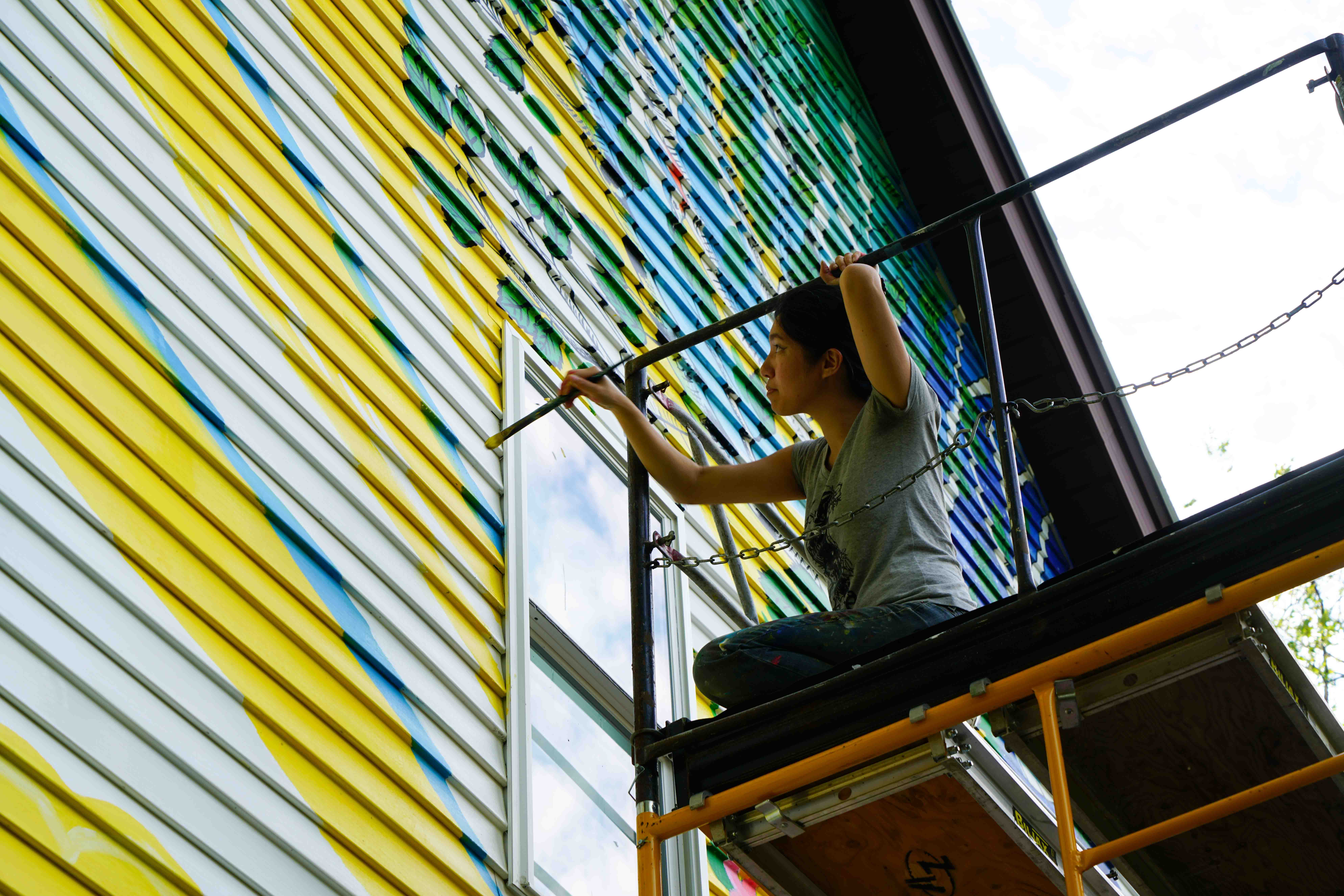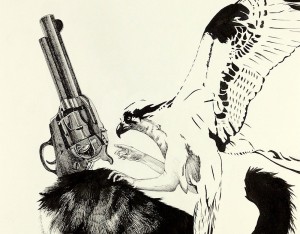Whenever I tell people that I’m a (full-time) artist, they generally have one of two reactions:
- “Oh, for a living?” When I answer yes, they ask, “Full-time?” When I answer yes again, they react with even more surprise.
- “Oh, it must be nice to get to live your dream. You are so lucky.”
These questions would be rude if you were to ask them to any other professional. Imagine asking a lawyer or accountant, “Do you get paid?” or “Do you expect to get paid?” But it’s not surprising that most people don’t think of the arts as a profession. 99% of artists never make a full-time living through their artwork, and of the 1% that do, most make far less than the median US wage. If 99% of lawyers, doctors, accountants, or any other profession could not be employed in their industry, there would be riots. Yet in spite of this overlooked disparity, the arts remain one of the primary drivers of economic activity. The arts contribute 4 times more to the economy than agriculture and $200 billion more for transportation. The arts the cornerstone of culture and identity, all on the backs of the overworked and underpaid.
No one will remember a city based on its standardized, franchise parking lots, but everyone remembers New York City and the Statue of Liberty, Paris and the Eiffel Tower, Athens and the Parthenon. The Mona Lisa is as mainstream as memes. People can recognize thousands of logos, though they don’t think twice that there must be graphic designers behind them. The Cross. The Star of David. The American Flag. The Peace Sign. The Swastika. The MAGA hat. All of these are visual cues and proof of the power of image.
We are highly visual creatures. Out of 8.7 million animal species, we are the only ones who actively recording our own image, and with it, our legacy.
So when people say, “It must be so nice, you must feel so lucky,” in a simplistic sense, yes, I do feel lucky, and proud of what I’m capable of. I am also troubled by a field with one of the highest failure rates among all professions, and a failure rate that has entirely to do with people’s lack of willingness to invest in creativity, while continually extracting value and entertainment from the creators of what they consume. I am angry about the poor prospects of building financial stability and wealth for artists compared to other professionals, which often results in only the most privileged voices getting elevated and heard–because you can’t be an artist of equal standing if you’re poor in a society that treats art like a luxury. I am disappointed by a self-perpetuating culture within the arts, of artists who are ingrained with the mindset that they will never make a living wage from their art, of art curators and arts professionals who still don’t write artists’ labor in as line items in their budgets, and a populace that perpetuates the starving artist stereotype by continuing to ask artists to work for free.
So on behalf of my field, I am writing 3 essays that dig into the challenges of the arts industry. 3 essays cannot cover everything. But my goals through these 3 essays are as follows:
- Educate people about the state of US arts funding compared to other nations
- Illustrate the unhealthy relationship between the arts and other industries, and the power imbalances that we accept as a society
- Encourage individual people and businesses in the private sector to step up, to invest in the arts as an investment in all of us
List of Essays:
- Arts Spending in Wisconsin in the US
- Bonus: Invest in the Arts and Creativity and Invest in Wisconsin’s Future, Guest Post by Anne Katz
- The artist and the fundraiser: why art for charity hurts the people who create it
- Coming soon
Cover image photo by Latasia Dhami, of me painting on-site for a mural commission.




